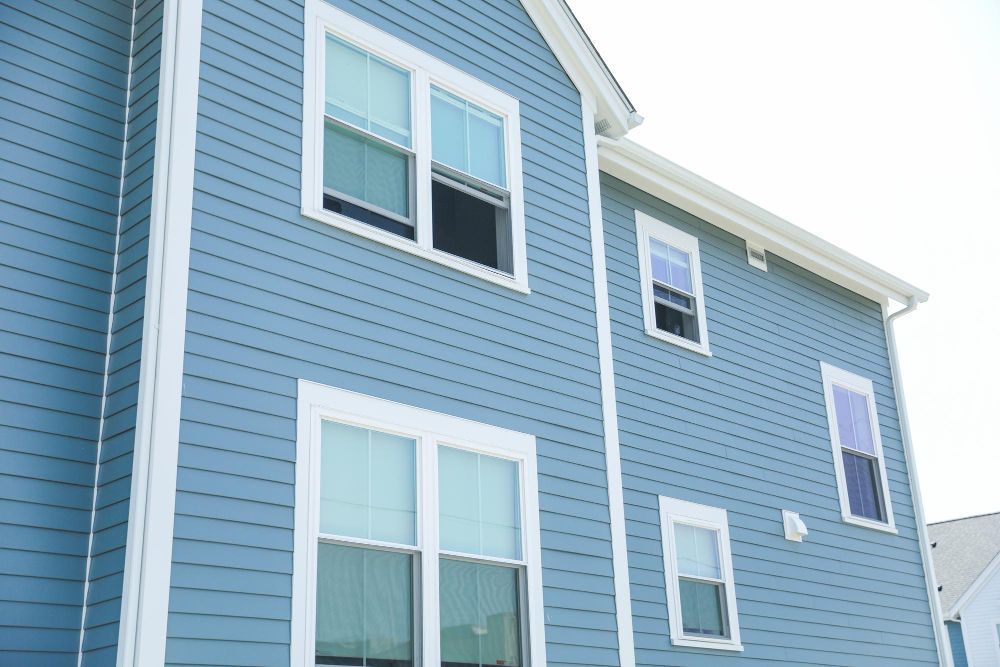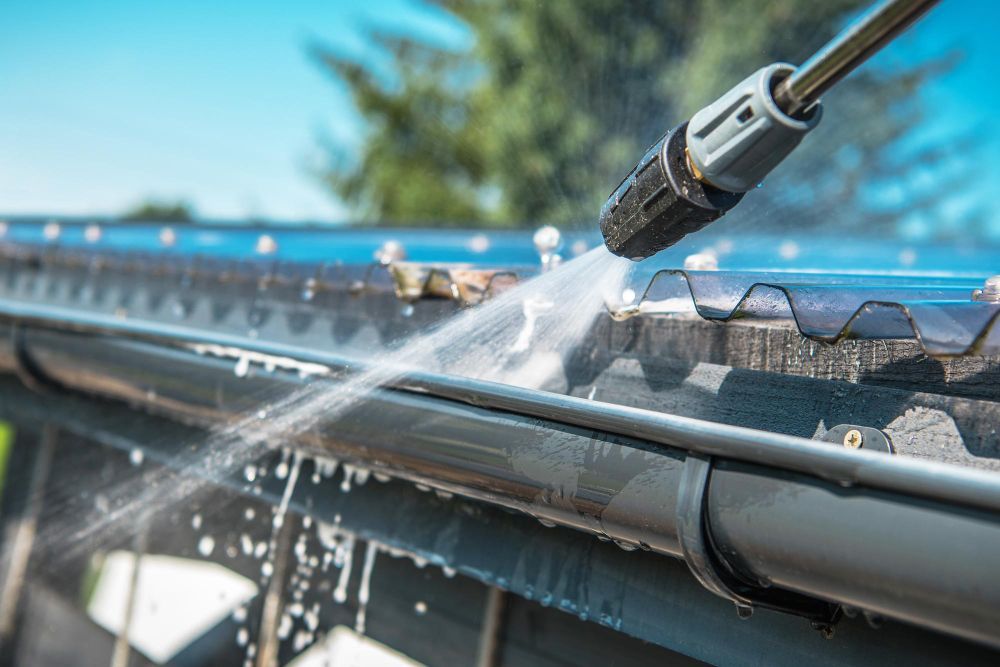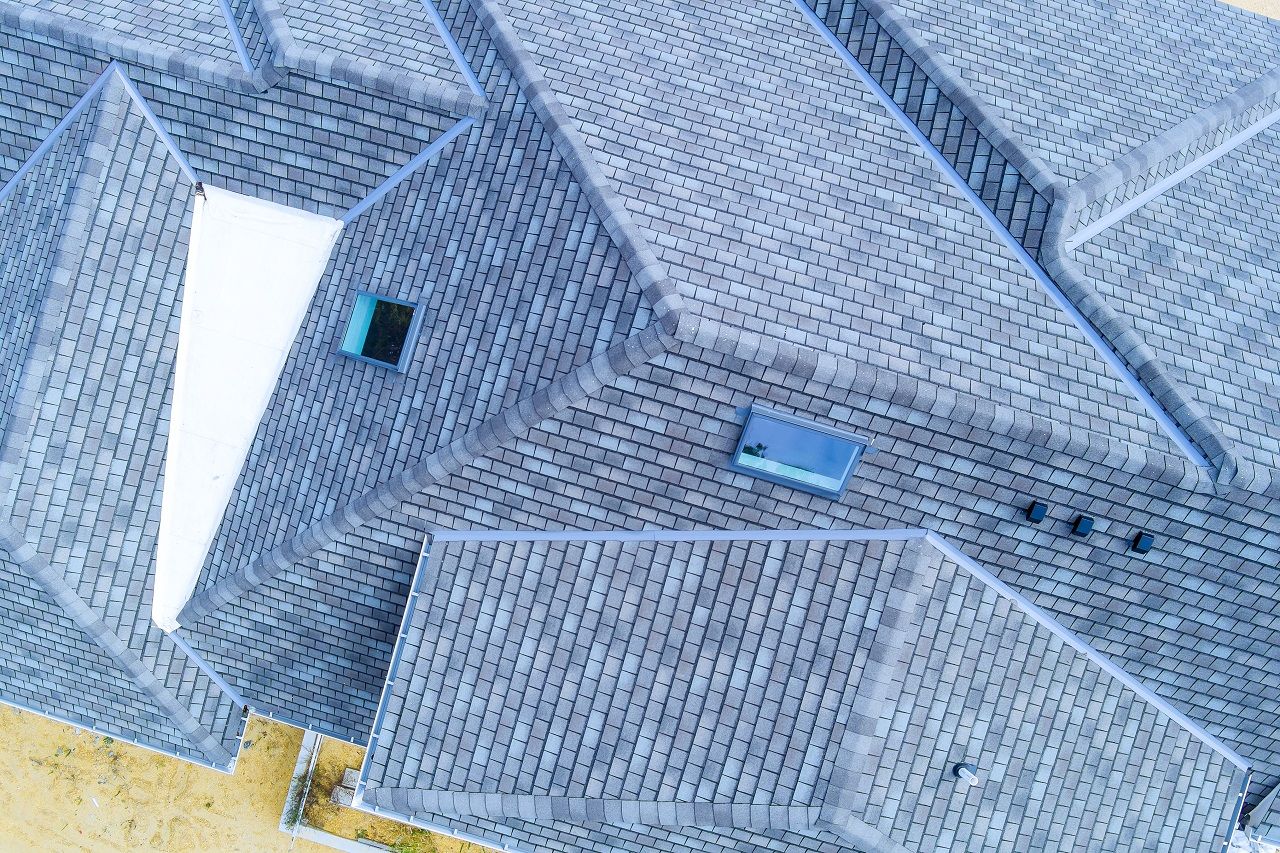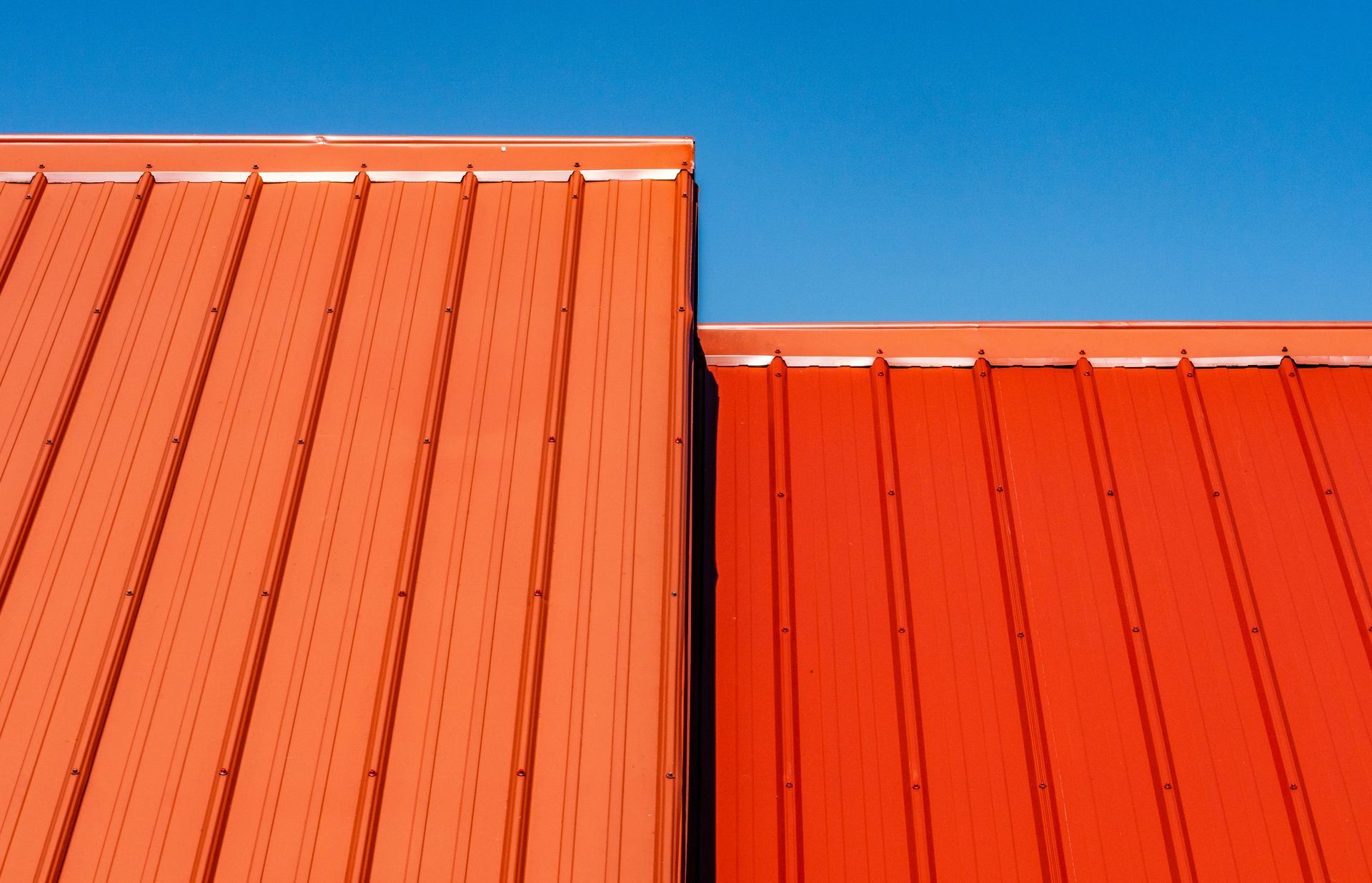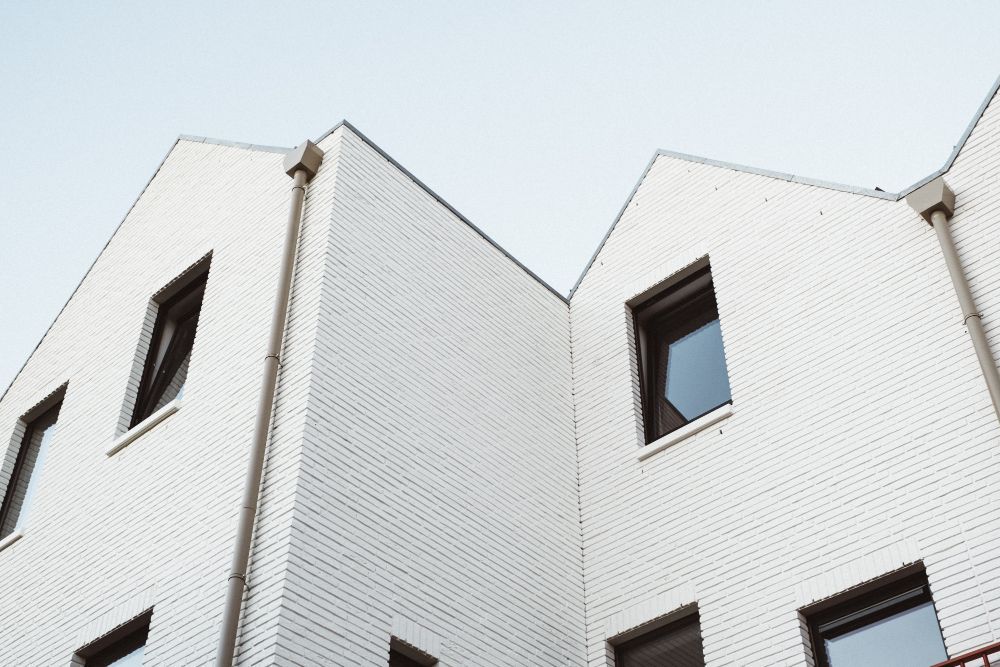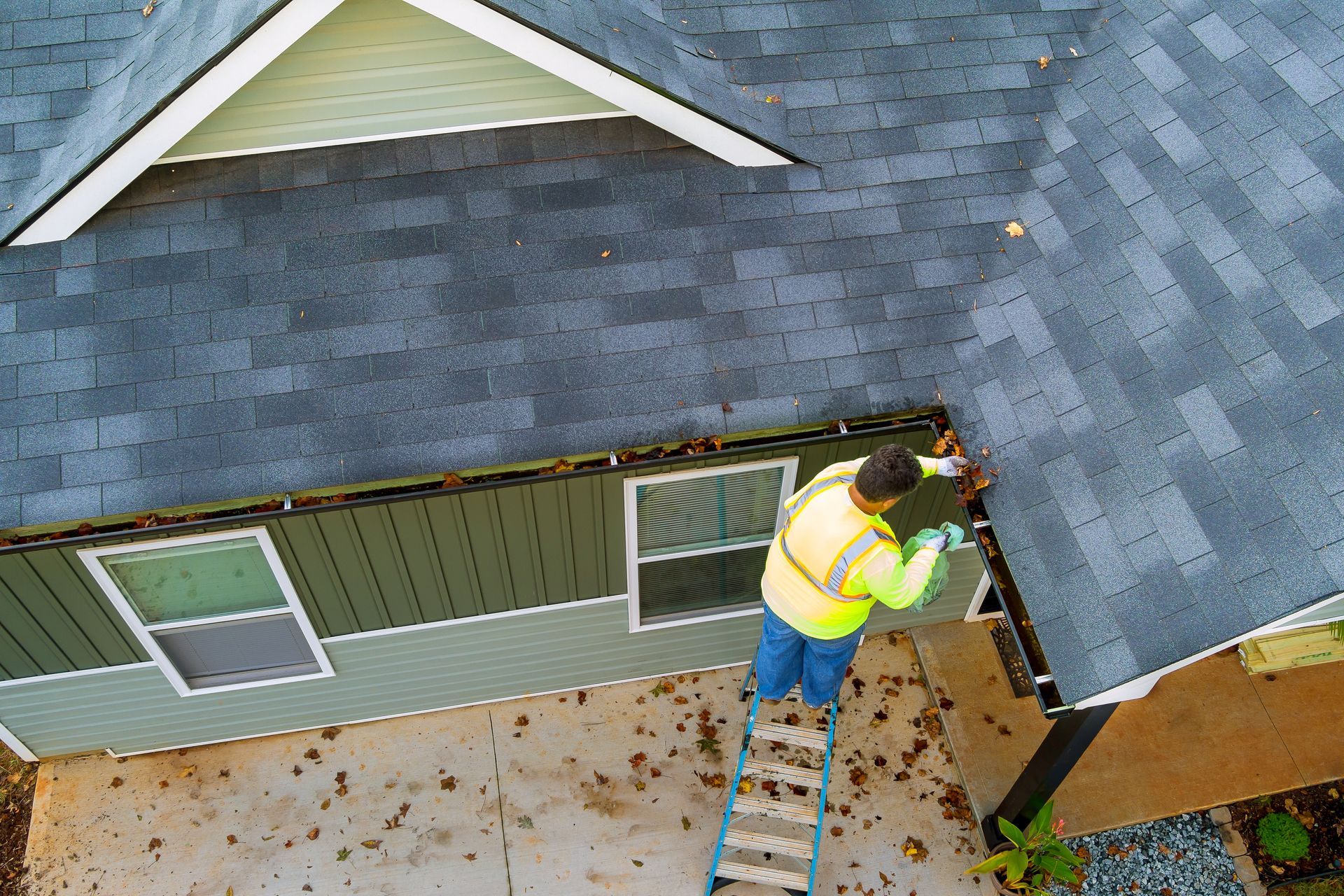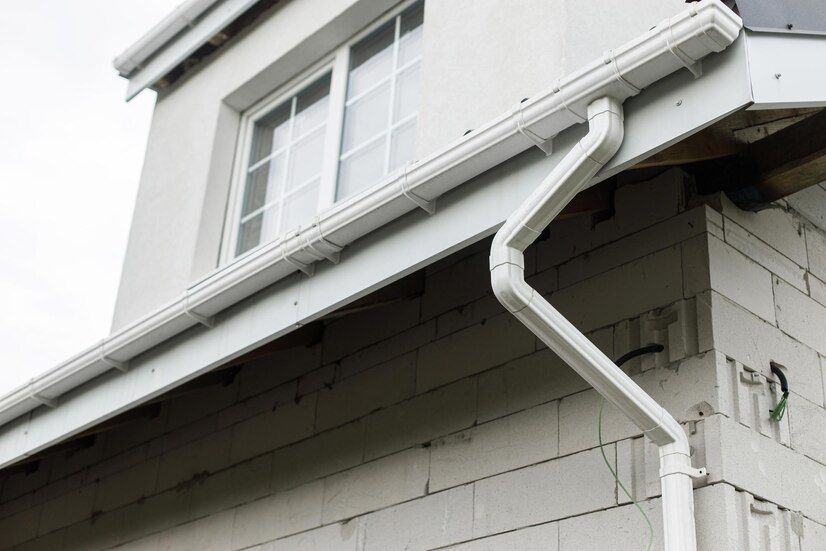851 Bustleton Pike #9998, Richboro, PA 18954
CALL FOR INQUIRIES:
Energy-Efficient Roofing Options: What You Need to Know
As a homeowner, you're likely always looking for ways to improve your home's energy efficiency and save on utility bills. One often overlooked aspect of energy conservation is the type of roofing material you choose for your home. An energy-efficient roof can help to keep your home cool during hot summer months, warm during cold winters, and reduce overall energy consumption by, ultimately, decreasing the workload on your heating and cooling systems. As your trusted source for top-tier roofing, siding, gutters, and carpentry services, we are dedicated to guiding you through the process of selecting the most efficient roofing option for your home.
Here at Built 2 Last Contracting Inc., we are committed to helping homeowners like you create comfortable, energy-efficient living spaces with smarter roofing choices. Let's dive in and explore the various energy-efficient roofing options available on the market, and learn how the right choice can make all the difference in your home's performance and your energy savings in the long run.
Exploring Energy-Efficient Roofing Materials
There is a wide variety of roofing materials available on the market, each with unique energy-saving features. By understanding their distinct characteristics, you can make the best choice for your home's energy efficiency:
1. Metal Roofing: Metal is a popular energy-efficient roofing material, as it reflects sunlight and helps to reduce heat absorption. Furthermore, metal roofs can be coated with special reflective pigments to increase their energy efficiency further. These roofs are also durable, with a lifespan of up to 50 years or more when properly maintained.
2. Cool Roofing: Cool roofs are designed to reflect more sunlight and absorb less heat than traditional roofs. They can be made from a variety of materials, including asphalt shingles, tiles, and membranes, each coated with a highly reflective surface material. Cool roofs not only help to reduce energy consumption but can also lower peak energy demand, reducing strain on power grids during hot summer months.
3. Solar Shingles: For homeowners interested in generating their electricity, solar shingles offer an attractive option. These shingles incorporate photovoltaic cells, converting sunlight into electricity for your home. While solar shingles can be more expensive initially, they provide long-term energy savings and can help to reduce your reliance on traditional energy sources.
The Importance of Insulation and Ventilation
No matter which roofing material you choose, proper insulation and ventilation are crucial components of an energy-efficient home. Insulation helps to keep heat within your home during cold months and block it from entering during the warmer months. Additionally, adequate ventilation prevents moisture buildup and excessive heat in your attic, which can lead to temperature fluctuations and decreased energy efficiency.
1. Insulation Types: There are several insulation materials to choose from, including fiberglass, cellulose, and foam. Each type offers distinct benefits in terms of thermal performance, cost, and ease of installation. Consult a professional to determine the most suitable insulation material for your home's roof and climate.
2. Ventilation Systems: A well-designed ventilation system promotes continuous airflow through your attic, reducing heat buildup in the summer and moisture accumulation in the winter. Ridge vents, soffit vents, and gable vents are all commonly used to create a balanced, efficient ventilation system.
Considering Roofing Material Sustainability
Beyond energy efficiency, homeowners should also consider the sustainability of roofing materials. This includes the materials' durability, recyclability, and overall environmental impact during production and disposal.
1. Durability: Long-lasting roofing materials require fewer replacements over time, thereby reducing the overall environmental impact. Metal roofs, for instance, can last up to 50 years or more, while traditional shingles may only last 20 to 30 years.
2. Recyclability: Some roofing materials are more easily recycled than others, reducing landfill waste at the end of their lifespan. Metal roofing and some types of shingles are recyclable, while other materials may be more challenging to repurpose.
3. Environmental Impact: Consider the environmental footprint of the production and transport of roofing materials. For example, metal roofing can often be sourced more locally than other materials, reducing emissions from transportation.
Weighing the Costs of Energy-Efficient Roofing
While energy-efficient roofing materials can save you money on energy costs, they often come with higher upfront expenses. When deciding on the best roofing option for your home, consider factors such as installation costs, maintenance requirements, and potential energy savings:
1. Installation Costs: Some energy-efficient roofing options, like solar shingles, come with higher installation costs than traditional materials. However, it's important to determine whether the long-term energy savings will outweigh the initial investment.
2. Maintenance Requirements: Consider the ongoing maintenance needs of your chosen roofing material. For instance, metal roofs typically require less maintenance than asphalt shingles but may be more expensive upfront.
3. Potential Energy Savings: Evaluate the potential energy savings associated with each roofing material, considering factors such as your local climate and your home's energy consumption.
Making Informed Decisions for an Energy-Efficient Home
Choosing the right energy-efficient roofing option for your home can make a significant difference in your home's comfort and energy costs. By exploring various materials, understanding their benefits, and considering factors such as insulation, ventilation, and sustainability, you can make informed decisions for a greener, more comfortable home.
Rely on Built 2 Last Contracting Inc. for all your roofing requirements, ensuring a more energy-efficient and cost-effective home for years to come with the expertise of our
professional roofers and contractors.
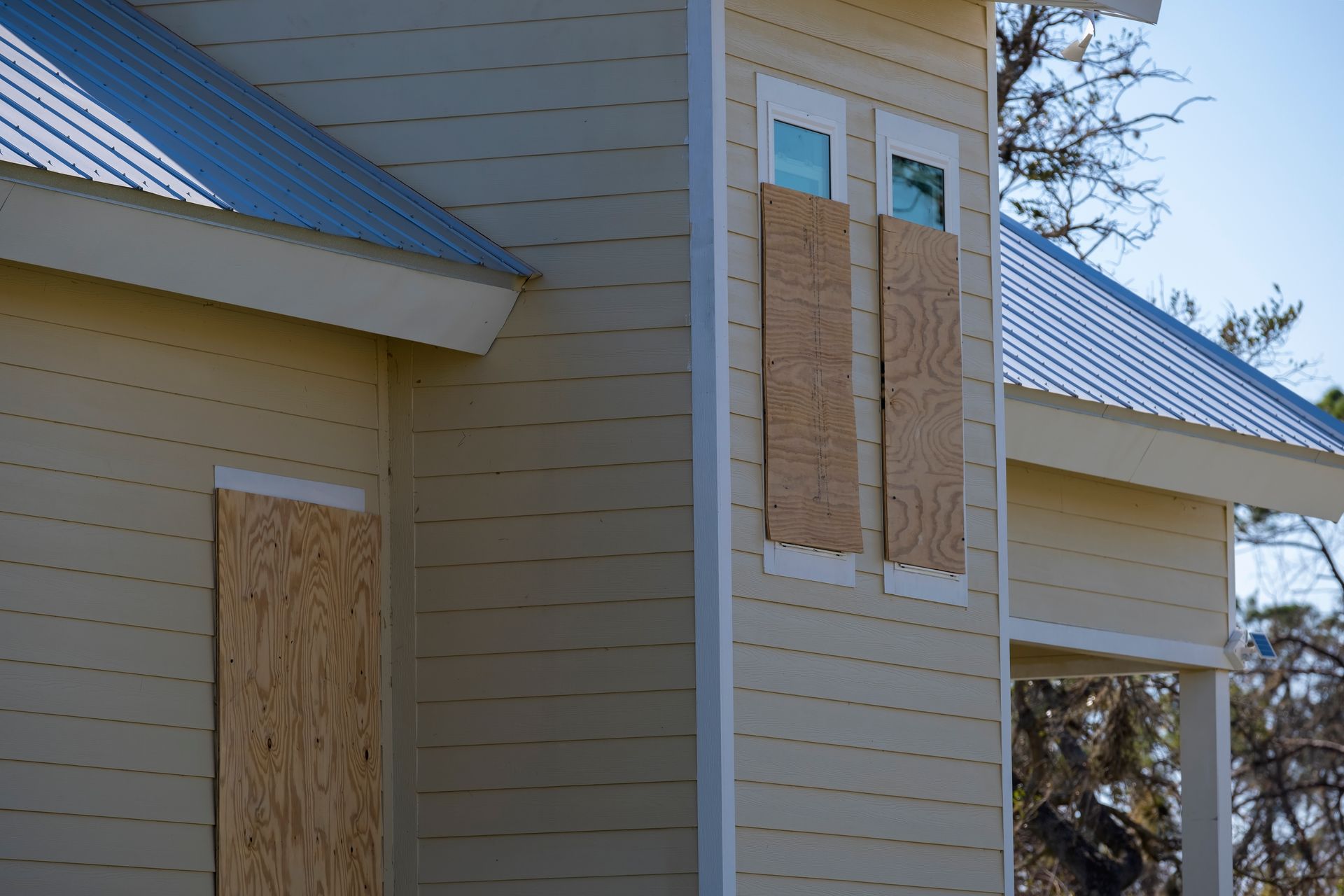
SUBSCRIBE TO OUR NEWSLETTER
Subscribe to stay updated, receive latest news & updates.
Newsletter Subscription
We will get back to you as soon as possible.
Please try again later.
Quick Links
HOURS OF OPERATION
- Mon - Fri
- -
- Saturday
- Appointment Only
- Sunday
- Closed
All Rights Reserved | Built 2 Last Contracting Inc.

